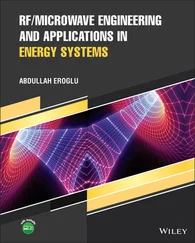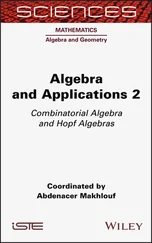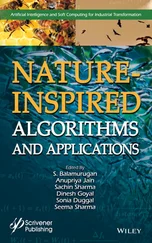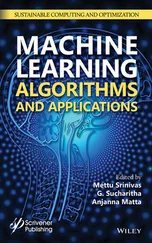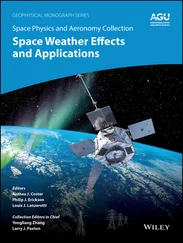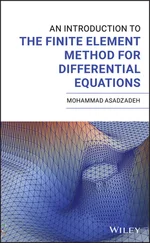Generalized Ordinary Differential Equations in Abstract Spaces and Applications
Здесь есть возможность читать онлайн «Generalized Ordinary Differential Equations in Abstract Spaces and Applications» — ознакомительный отрывок электронной книги совершенно бесплатно, а после прочтения отрывка купить полную версию. В некоторых случаях можно слушать аудио, скачать через торрент в формате fb2 и присутствует краткое содержание. Жанр: unrecognised, на английском языке. Описание произведения, (предисловие) а так же отзывы посетителей доступны на портале библиотеки ЛибКат.
- Название:Generalized Ordinary Differential Equations in Abstract Spaces and Applications
- Автор:
- Жанр:
- Год:неизвестен
- ISBN:нет данных
- Рейтинг книги:4 / 5. Голосов: 1
-
Избранное:Добавить в избранное
- Отзывы:
-
Ваша оценка:
Generalized Ordinary Differential Equations in Abstract Spaces and Applications: краткое содержание, описание и аннотация
Предлагаем к чтению аннотацию, описание, краткое содержание или предисловие (зависит от того, что написал сам автор книги «Generalized Ordinary Differential Equations in Abstract Spaces and Applications»). Если вы не нашли необходимую информацию о книге — напишите в комментариях, мы постараемся отыскать её.
Explore a unified view of differential equations through the use of the generalized ODE from leading academics in mathematics Generalized Ordinary Differential Equations in Abstract Spaces and Applications
Generalized Ordinary Differential Equations in Abstract Spaces and Applications
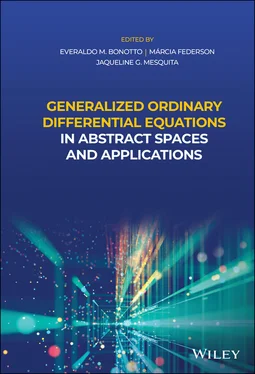

 and Lemmas 1.97and 1.98. A proof of it can be found in [132, Theorem 10.3].
and Lemmas 1.97and 1.98. A proof of it can be found in [132, Theorem 10.3]. .
. and, hence, of
and, hence, of  are measurable ( Lemma 1.100), and all functions of
are measurable ( Lemma 1.100), and all functions of  are absolutely integrable by Corollary 1.99.
are absolutely integrable by Corollary 1.99. always holds. However, when
always holds. However, when  is an infinite dimensional Banach space, then for sure
is an infinite dimensional Banach space, then for sure  , as shown by the next result due to C. S. Hönig (personal communication by him to his students in 1990 at the University of São Paulo) and presented in [73].
, as shown by the next result due to C. S. Hönig (personal communication by him to his students in 1990 at the University of São Paulo) and presented in [73]. denote the dimension of
denote the dimension of  . If
. If  , then the Theorem of Dvoretsky–Rogers (see [60] and also [57]) implies there exists a sequence
, then the Theorem of Dvoretsky–Rogers (see [60] and also [57]) implies there exists a sequence  in
in  which is summable but not absolutely summable. Thus, if we define a function
which is summable but not absolutely summable. Thus, if we define a function  by
by  , for
, for  , then
, then  whenever the integral exists. However,
whenever the integral exists. However,  , since
, since
 be given by
be given by

 . Since the Henstock integral contains its improper integrals (and the same applies to the Kurzweil integral), we have
. Since the Henstock integral contains its improper integrals (and the same applies to the Kurzweil integral), we have  . However,
. However,  because the sequence
because the sequence  is non-summable in
is non-summable in  . By the Monotone Convergence Theorem for the Kurzweil–McShane integral (which follows the ideas of [71] with obvious adaptations),
. By the Monotone Convergence Theorem for the Kurzweil–McShane integral (which follows the ideas of [71] with obvious adaptations),  . But
. But  , since
, since  is not bounded, where by
is not bounded, where by  we denote the space of Riemann–McShane integrable functions from
we denote the space of Riemann–McShane integrable functions from  to
to  .
.